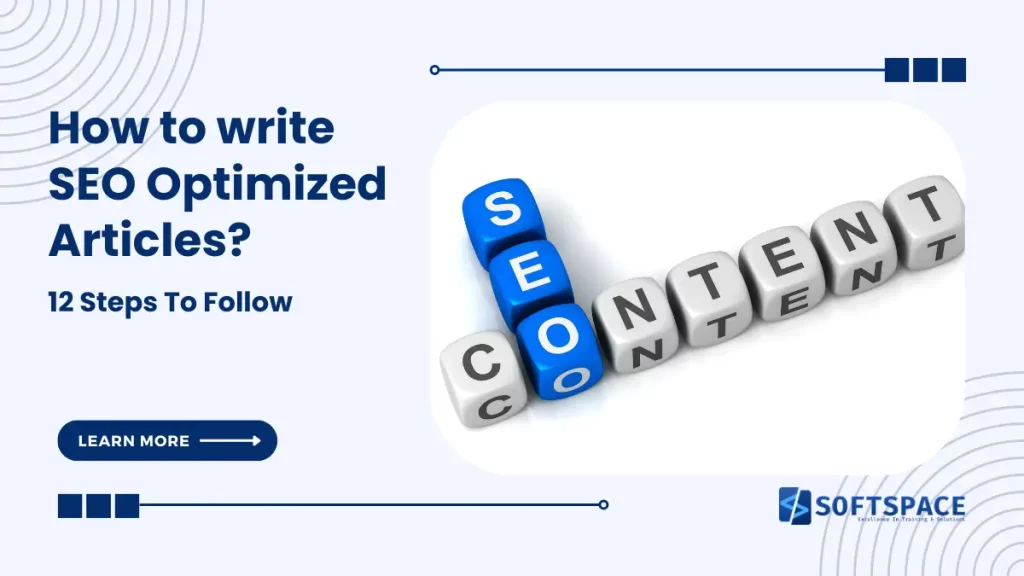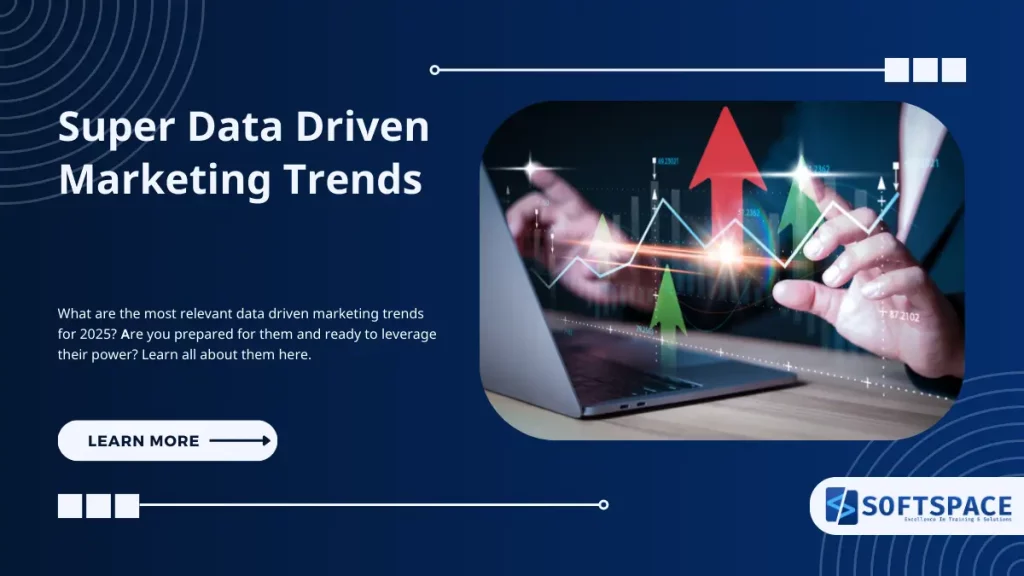SEO, or Search Engine Optimization, is like giving your website a megaphone in a crowded online space. It’s the art of making your content more visible in search engine results, attracting readers who are actively looking for what you offer. By targeting relevant keywords and crafting user-friendly content, SEO helps search engines understand your website and rank it higher for specific searches.
In this article, “How to Write SEO Optimized Articles?”, we’ll dive deep into the strategies that will help you create content that not only informs and engages your readers but also gets noticed by search engines, ultimately boosting your website’s traffic and ranking.
Table of Contents
How to write SEO optimized articles?
Keyword Research: The Foundation of SEO
Keyword research is the bedrock of a successful SEO strategy. It’s like having a map before embarking on a journey; it helps you understand what people are searching for online and ensures your content aligns with their needs. Here’s why keyword research is crucial for SEO and how to write SEO optimized articles:
- Targeting the Right Audience: Imagine creating fantastic content, it caters to a completely different audience than the one you’d like to reach. Keyword research helps you identify the specific terms and phrases people are using to search for information related to your niche. By targeting these keywords, you ensure your content reaches the right eyes – those actively looking for the value you offer.
- Understanding Search Intent: It’s not just about the keywords themselves; it’s about understanding the intent behind them. Keyword research helps you decipher whether someone is looking for informational content (e.g., “best running shoes for beginners”), a transactional experience (e.g., “buy running shoes online”), or something else entirely. This understanding allows you to tailor your content to provide the most relevant and valuable experience for the searcher.
- Content Strategy Inspiration: Keyword research sparks a treasure trove of content ideas. By analyzing popular keywords and related searches, you can identify topics your target audience is genuinely interested in. This empowers you to create a content strategy that addresses their needs and keeps them coming back for more.
- Competition Analysis: Keyword research isn’t just about you; it’s about understanding the competitive landscape. By analyzing keywords, you can see what kind of content your competitors are ranking for and identify potential gaps in the market. This allows you to create unique and valuable content that stands out from the crowd.
- Measurable Results: SEO is all about tracking progress. Keyword research provides a foundation for measuring the success of your SEO efforts. By monitoring your ranking for targeted keywords over time, you can assess the effectiveness of your content and make data-driven decisions to further optimize it.
When it comes to writing SEO optimized articles, keywords are your golden ticket to attracting the right audience. However, not all keywords are created equal. Here’s a breakdown of different types to consider for your SEO strategy:
Short-tail vs Long-tail Keywords
- Short-tail: Think of these as broad search terms, usually 1-3 words. Examples include “pizza,” “shoes,” or “marketing.” They boast high search volume, but competition is fierce, and targeting the right audience can be tricky.
- Long-tail: These are more specific phrases, typically 4+ words. Examples include “best places for deep dish pizza in Chicago,” “most comfortable running shoes for women,” or “SEO tips for small businesses.” While search volume might be lower, they offer higher conversion rates because they target users further along the buying journey.
Informational vs. Transactional Keywords
- Informational: These keywords reveal a user’s desire to learn or research something. Examples include “how to change a tire,” “benefits of yoga,” or “best laptops for students.” Informational keywords are perfect for attracting users at the beginning of their buying journey and establishing yourself as a trusted source.
- Transactional: These keywords indicate a user’s intent to make a purchase or take action. Examples include “buy winter boots online,” “download free yoga app,” or “find a marketing agency near me.” Transactional keywords are ideal for converting website visitors into customers or leads.
Understanding these different types of keywords allows you to craft a targeted SEO strategy. Short-tail keywords can build brand awareness, while long-tail keywords attract qualified leads. Informational keywords establish expertise, while transactional keywords drive conversions. The key is to find the right balance and create content that caters to different stages of the user journey.
How to write SEO optimized articles and unearth relevant keywords! Here’s how to dig deep:
Free Tools
- Google Search Suggestions: Type in a seed keyword and see what suggestions pop up – a treasure trove of real user searches!
- Answer the Public: This free tool generates questions people ask about your topic, revealing their search intent.
- Google Trends: Compare search volume over time and identify trending topics related to your niche.
Paid Tools:
- Ahrefs and SEMrush offer advanced keyword research features, including competitor analysis and search volume metrics.
Craft a Compelling Title and Meta Description
The title and meta description are like your content’s storefront window on search engine results pages (SERPs). So, how to write SEO optimized articles for the same purpose?
Think of it this way:
- Title: It’s your headline. A clear, concise title that includes your target keyword naturally grabs attention and tells users exactly what your content is about.
- Meta Description: This is your short sales pitch. It should be informative and engaging, summarizing your content and using your target keyword to further entice clicks.
Why are they important?
- Higher Click-Through Rate (CTR): Compelling titles and descriptions increase the chances of users clicking on your content, even if you’re not ranked number one.
- Improved Relevancy: Search engines use these snippets to understand your content’s relevance to a search query. Well-written ones with relevant keywords signal a good match.
- Strong First Impression: They’re a user’s first glimpse of your content. Make it count and stand out from the competition.
How to write SEO optimized articles? The Headlines
Your title is like a flashing neon sign for your content in search results. Here’s how to craft one that shines:
- Keyword Magic: Include your target keyword naturally, but avoid keyword stuffing. It should flow seamlessly and accurately reflect your content.
- Character Count Crunch: Keep it concise! Aim for around 60 characters to ensure your entire title is visible in search results. Every character counts for that precious first impression.
- Clickworthy Catch: Make it user-friendly and clickable. Use strong verbs, numbers, and questions to pique curiosity and entice users to click.
The SEO Secret Weapon
Your meta description is like a captivating movie trailer for your content. Here’s how to write one that sells:
- Content in a Capsule: Briefly summarize your article’s key points in around 160 characters. Think of it as a mini elevator pitch for your content.
- Keyword Magic: Don’t forget your target keyword! Include it naturally to signal relevance to search engines.
- Call to Action Power: Don’t just inform, entice! Use a call to action (CTA) to encourage clicks. Tell users what they’ll gain by reading – “learn more,” “get started,” or “discover the secrets.”
Structure Your Content for Readability and Search Engines
- Clear and concise writing is the golden thread that weaves together a positive user experience (UX) and strong SEO. Here’s why:
- Reader Engagement: Imagine wading through a swamp of text. Clear, concise writing is like a well-maintained path, guiding users effortlessly through your content. They’ll grasp your message quickly, stay engaged, and be more likely to finish reading.
- Improved Scannability: In today’s fast-paced world, users often scan content before diving deep. Short sentences, bullet points, and clear headings make your content easily scannable, allowing users to quickly grasp the key takeaways.
- Search Engine Love: Search engines favour content that’s easy for them to understand. Clear and concise writing with proper grammar and structure helps search engines accurately index your content and match it to relevant search queries.
- Increased Authority: Well-written content positions you as a credible source. Users appreciate the respect for their time and the clarity of your message, associating your brand with expertise and professionalism.
- By prioritizing clear and concise writing, you’re not just creating content – you’re crafting a bridge between your message and your audience. It’s a win-win for SEO and user experience, ultimately leading to a more successful website.
- Headings and subheadings (H1, H2, etc.) act like signposts in your writing, offering a wealth of benefits for both readers and yourself.
- For readers, they provide a clear structure, making it easy to scan and grasp the overall flow of information. Imagine a long hallway – headings act like doorways, breaking up the space and letting readers know what’s in each room. Subheadings then become labels on the doors, offering a quick glimpse of what to expect inside.
- Headings also boost comprehension. By highlighting key points, they guide readers through your ideas, making it easier to retain information. It’s like summarizing each chapter of a book in a few concise sentences.
- And don’t forget yourself, the writer! Headings help organize your thoughts during the writing process. They act as a roadmap, ensuring you stay on track and cover all the important points. It’s like creating an outline before building a house – headings provide the framework for your content.
- In just a few words, headings and subheadings make your writing clearer, more engaging, and easier to understand – for everyone involved.
Optimize Your Content with Relevant Keywords
So, how to write SEO optimized articles with relevant keywords? Crafting compelling content centres on incorporating your target keyword organically, not by force-feeding it. Here’s how:
- Start Strong: Introduce your keyword early, ideally within the first paragraph. This primes search engines and readers for the content’s theme.
- Scatter Naturally: Use your keyword throughout the piece, but avoid repetition. Opt for synonyms and related phrases to maintain a natural flow.
- Strategic Placement: Integrate your keyword into titles, headings (H1, H2, etc.), image alt tags, and meta descriptions. These areas hold significant weight for search engines.
Beyond the Main Course: LSI Keywords
LSI keywords are like side dishes that complement your main course (target keyword). They’re related terms that enrich your content and signal to search engines the full scope of your topic.
For instance, if your target keyword is “hiking trails,” relevant LSI keywords could be “hiking gear,” “trail difficulty levels,” or “breathtaking views.” Including these terms demonstrates a deeper understanding of the subject and improves search relevance.
By strategically incorporating your target keyword and LSI keywords, you create content that’s informative, engaging, and optimized for search engines.
Visual Power: Images and SEO
How to write SEO optimized articles with images? High-quality images and infographics aren’t just eye candy; they’re power tools for user experience (UX) and SEO.
- Engagement Boost: Visually appealing content breaks up text, grabs attention, and makes information more digestible. This translates to longer attention spans, better understanding, and a more enjoyable experience for readers.
- SEO Signal: Search engines consider relevant visuals a positive factor in ranking. Images with descriptive captions and alt text containing your target keyword can improve search discoverability.
Optimizing Your Images
- Descriptive File Names: Don’t settle for “IMG_0001.jpg.” Use file names that describe the image content, incorporating your target keyword naturally (e.g., “hiking-trail-mountain-view.jpg”).
- Alt Text Power: Alt text is text displayed when an image can’t load. Craft clear, concise descriptions using your target keyword to further tell the image’s story and enhance SEO.
- Speed Matters: Large image files slow down loading times. Use tools to compress images without sacrificing quality. A faster-loading website keeps users happy and improves search engine ranking.
Internal Links: Internal linking, the art of connecting your website’s pages with hyperlinks, is an SEO powerhouse. It offers a double benefit:
- Search Engine Roadmap: Search engines like Google discover and understand your website’s content by following links. A well-structured internal linking system acts as a roadmap, guiding search engine crawlers to all your important pages. This helps search engines index your content efficiently, potentially boosting your website’s ranking.
- Engaged Users: Internal links don’t just benefit search engines; they keep users engaged. Imagine you’re reading a fascinating article – wouldn’t you appreciate a link to a related topic you might find interesting? Strategic internal linking allows users to delve deeper into your website, explore relevant content, and stay interested for longer. This can lead to a lower bounce rate (percentage of visitors leaving after one page) and a more positive user experience, which search engines also value.
Backlinks [Borrowing Authority]: Think of backlinks as votes of confidence for your website. When another website links to yours, it’s essentially saying, “This content is valuable and trustworthy.” The more high-quality backlinks you have, the more authority your website gains in the eyes of search engines, potentially leading to higher rankings. While you can’t directly control backlinks, creating high-quality content that others find worth linking to is a great strategy to earn them naturally.
Conclusion
In conclusion, “How to write SEO optimized articles?”. We all know that SEO is a powerful tool to enhance your website’s visibility and attract organic traffic. By strategically incorporating keyword research, crafting compelling titles and descriptions, prioritizing clear and concise content structure, and leveraging the power of visuals and internal linking, you can create a user-friendly and search-engine-optimized website.
Remember, high-quality backlinks act as votes of confidence from other websites, further boosting your authority in the eyes of search engines and potentially leading to higher rankings. By following these SEO best practices, you can empower your website to thrive in the ever-evolving online landscape.

13+ Yrs Experienced Career Counsellor & Skill Development Trainer | Educator | Digital & Content Strategist. Helping freshers and graduates make sound career choices through practical consultation. Guest faculty and Digital Marketing trainer working on building a skill development brand in Softspace Solutions. A passionate writer in core technical topics related to career growth.




